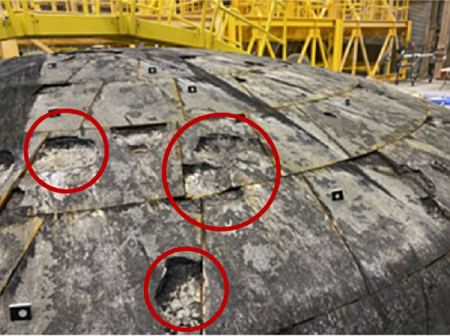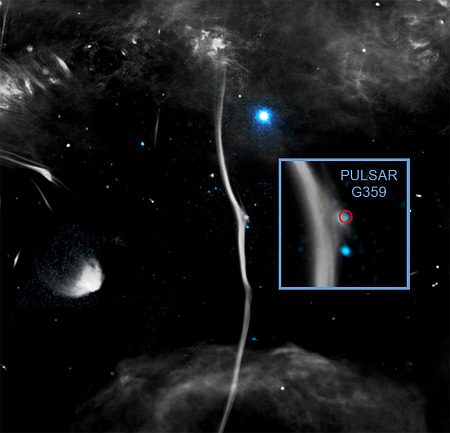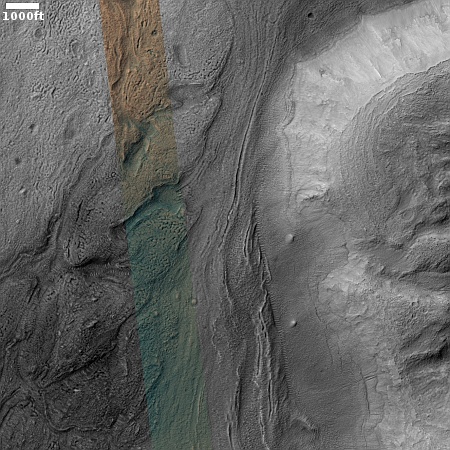Australia’s first rocket company continues to be blocked by red tape

Australia’s commercial spaceports. Click for original map.
The first rocket launch by Gilmour Space, Australia’s first rocket company, from its Bowen spaceport on the east coast of Australia has apparently been blocked by continuing bureaucratic regulatory red tape.
In February the company had announced a planned launch date in March, based on what appeared to be the issuance (after more than a year’s delay) of its launch licence. That launch however never happened, with no public explanation, until now. From the link above:
In an update on Sunday, the Queensland-based firm said it had received approval from CASA and is now waiting for final clearance from the Australian Space Agency.
…It had planned for an inaugural blast-off in April 2024 but faced a lengthy delay in obtaining its final permit from the Australian Space Agency.
In other words, the launch license had only been promised, but then was not issued, leaving the company stranded for several more months, with that license still buried in the government’s byzantine operations.
The article at the link says the Australian government is now moving to streamline its space regulatory system, but don’t believe it. The elections this week saw a resounding victory for the leftist coalition with the conservative party defeated handily. With the left now in firm control, expect the regulation to increase, not decrease. Leftwing governments almost never reduce regulation. It goes against their power-hungry genetics.

Australia’s commercial spaceports. Click for original map.
The first rocket launch by Gilmour Space, Australia’s first rocket company, from its Bowen spaceport on the east coast of Australia has apparently been blocked by continuing bureaucratic regulatory red tape.
In February the company had announced a planned launch date in March, based on what appeared to be the issuance (after more than a year’s delay) of its launch licence. That launch however never happened, with no public explanation, until now. From the link above:
In an update on Sunday, the Queensland-based firm said it had received approval from CASA and is now waiting for final clearance from the Australian Space Agency.
…It had planned for an inaugural blast-off in April 2024 but faced a lengthy delay in obtaining its final permit from the Australian Space Agency.
In other words, the launch license had only been promised, but then was not issued, leaving the company stranded for several more months, with that license still buried in the government’s byzantine operations.
The article at the link says the Australian government is now moving to streamline its space regulatory system, but don’t believe it. The elections this week saw a resounding victory for the leftist coalition with the conservative party defeated handily. With the left now in firm control, expect the regulation to increase, not decrease. Leftwing governments almost never reduce regulation. It goes against their power-hungry genetics.








